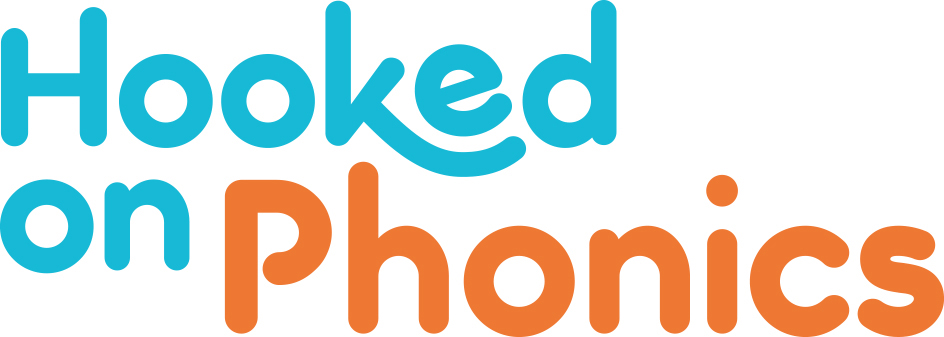Phonics, Fluency, Vocabulary, Comprehension: The ABCs of Learning to Read in First Grade
September 22, 2015
First grade is usually a time when kids grow by leaps and bounds in their reading skills. It’s exciting—but it can be a little nerve-wracking when they haven’t yet put all the pieces together! Give them time, and keep reading together as much as you can.
Learning to read is a huge job and it involves several key parts. Here’s an overview of what goes into the process and how you can help your 6-to-7-year-old grow as a reader during this very important first-grade year.
Phonemic Awareness
What is it?
- Phonemic awareness is the knowledge that spoken words can be broken apart into smaller chunks of sound. These units of sound are called phonemes.
- Here’s an example: the word bat is made of three phonemes: the sounds “b,” “a,” and “t.” When kids know that these three sounds are part of the word bat, they are showing that they have phonemic awareness.
 What should my first-grader know?
What should my first-grader know?
- Understands that words are made up of different sounds that come together, and be able to separate them (“What sounds do you hear in fan?” “fff, aaa, nnn!”)
How can I help my child develop in this area?
- Reading stories out loud with lots of rhyming words helps build phonemic awareness. Beginner Books from Dr. Seuss and his friends are specifically written for first-grade readers.
- Use word play together in a fun, casual way. Play rhyming games, sing songs and speak clearly to your child when you’re introducing new words.
Phonics
What is it?
- Phonics connect the knowledge of sounds (also called phonemes) to letter symbols.
Here’s an example: The letter X looks like “X” and makes the sound “ks.”
What should my first-grader know?
- Blend letter sounds together to form words. First-grade readers often need to take their time sounding out words—that’s how it should be!
- Write words, sentences, and short paragraphs. Spelling is probably coming along, but definitely not perfect yet. That’s okay.
How can I help my child develop in this area?
- Challenge your child to take on more responsibility in sounding out and writing words, especially if the words they are working with follow phonics rules. (If she asks: “How do you spell bedroom?” “Well, what sound do you hear at the beginning? Good. Keep going.” If he gets stuck—like on how to write the “oo”—then help out.)
- As your child’s reading abilities grow, start to share the read-aloud job with them. (“You read this page out loud to me, and I’ll read the next one to you!”)
- When you’re reading to your child, use your finger to track the words as you read them. Encourage your child to do the same when she reads, especially if she’s struggling to sound out a word.
- Start your child on a phonics-based learn-to-read system for first-graders such as Hooked on Phonics First Grade Complete.
Fluency
What is it?
- Fluency is the ability to read words smoothly, at a good pace, and with expression. Here’s an example. If a character is very excited, the reader’s voice should sound excited, too. The child should not have to stop to sound out each word; the words should flow smoothly.
What should my first-grader know?
- Your child’s reading rate will probably grow a lot during the first grade year! Many children start the year not yet reading but end it with the ability to read short stories comfortably.
 How can I help my child develop in this area?
How can I help my child develop in this area?
- Keep reading together as often as you can.
- Make your voice match the feeling of the story to show your child how it sounds to read with expression. Bring your personality to your reading—it makes it more fun for both of you.
- Choose familiar, comfortable, easy books for your first-grader to read out loud to you. Even if you know she’s reading from memory, it’s still good practice for her to build her expression and confidence. Slowly branch out into new books as her abilities improve.
Vocabulary
What is it?
- Vocabulary is the dictionary in your child’s mind. The more word meanings your child knows the larger her vocabulary.
What should my first-grader know?
- When you don’t know what a word means, or how to sound it out, you can look for clues in the pictures or the rest of the sentence to help figure it out.
- Your child can understand many more word meanings than she can use in her own speaking and writing. Keep talking about new words and their meanings.
How can I help my child develop in this area?
- Encourage your child to use a broader range of words, and encourage her to express her thoughts clearly and thoroughly. (“How was school today?” “Fine.” “Tell me more. What did you learn in math class today?”)
- Read to your child often. Research shows that children’s books expose kids to a much broader range of vocabulary words than they would otherwise hear in conversation.
Comprehension
What is it?
- Comprehension is understanding what a story is all about. Here’s an example. Being able to identify the main characters in a story, talk about what they do and how they feel, and explain what happens during the beginning, middle, and end of a story are all important parts of reading comprehension.
What should my first-grader know?
- Retell stories he has read himself or heard read out loud. He should include important details, the main message or lesson. He should also describe characters, setting, and the major events in the right order.
- Identify things that are the same or different between two books on
the same topic. - Describe the connections between different characters or events in a story.
How can I help my child develop in this area?
- Keep reading out loud and talking about stories together.
- Talk with your child about what you are reading. Ask questions about the important things that are happening in a story, and help them make connections. (“It seems like these two characters feel differently about the party. What do you notice about each one? How are their feelings different?”)
- Have fun with this process; don’t feel like you have to drill your child with questions on every page. Just have a conversation about the parts of the story you think are interesting.


